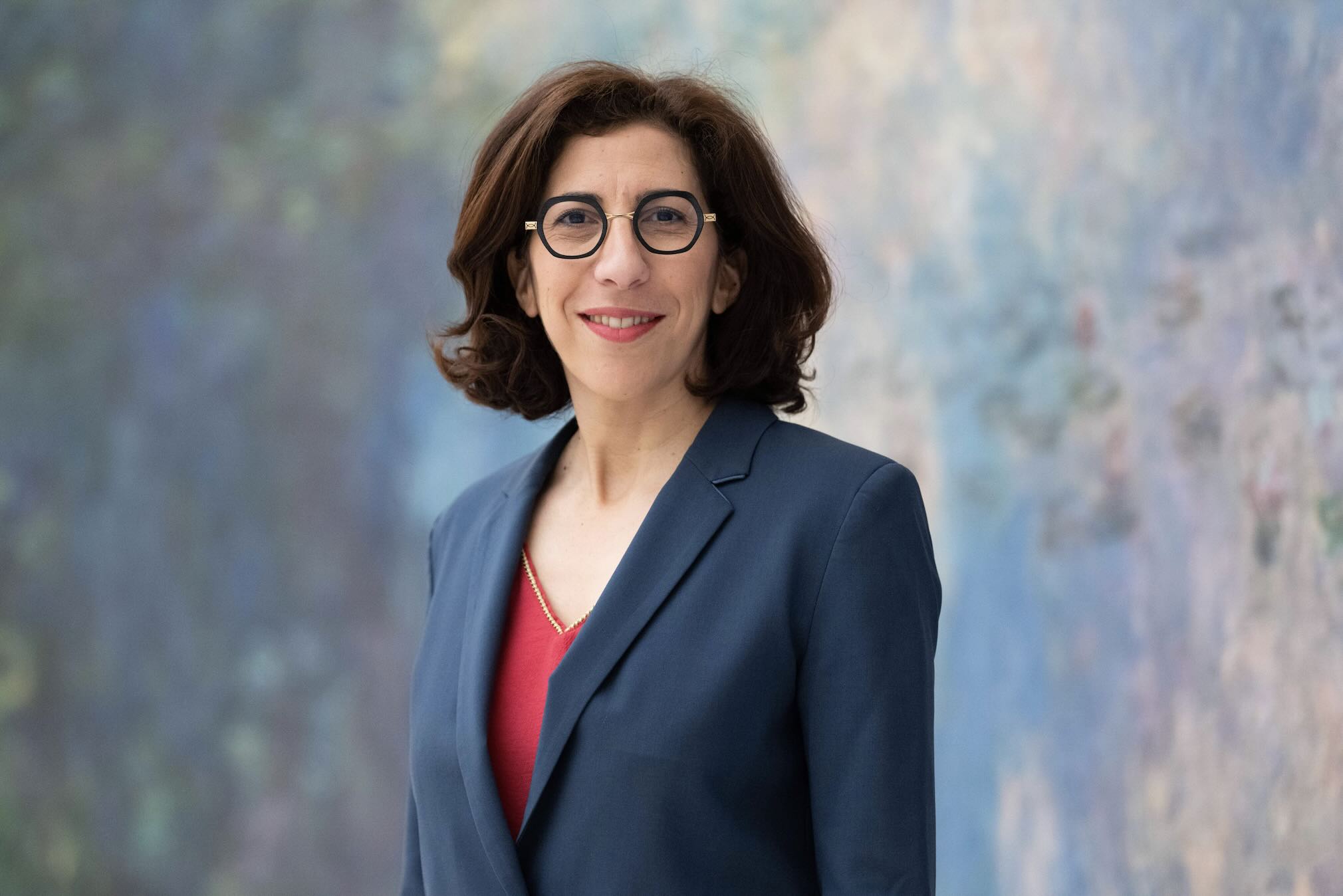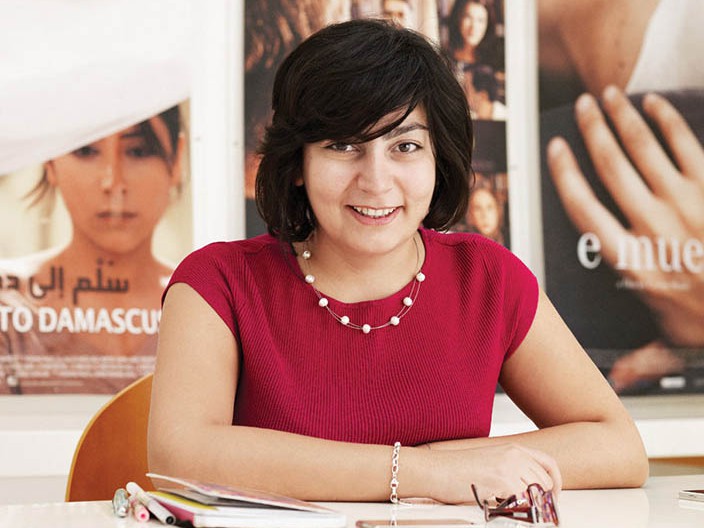Industry Talk
The Excruciating Demise of the Printed Word
by Jad Haidar
September 3, 2016
.jpg) Advertisement
Advertisement
Addressing the matter, we invited Ahmad Salman, Deputy General manager of As-Safir newspaper to a heart-to-heart talk. The tall gentleman, whose exceptionally polite demeanour proved overwhelming and his carefully-weighed words enlightening, took the time to clarify the true catastrophe the entire newspaper industry is trying to avoid.
Prior to going on the record, Salman explained that ever since Lebanon gained access to the Internet during the early nineties, much has changed and As-Safir was one of the first to consider the effects this new medium would have. In response, it established one of the country’s first news websites in parallel with its print version in 1996. Since then, it has built a digital following of 1.5 million using Facebook and Twitter, cut the number of pages to half, liquidated some of its physical assets and downsized its workforce. Sadly, all these strategies only saw it through on a short-term basis.
Mode of Delivery and Format
Delving straight into the heart of the matter, Salman explained that this is a global problem each print entity is trying to find the most suitable solution to. Having said that, I would like to insure all our stakeholders and readers that As-Safir will continue operation contrary to previous statements made.
To do so, it is imperative for everyone to understand the challenges brought about by the technological advances that have been sweeping the world since the emergence of the Internet in the early nineties. These have proven beneficial as well as harmful to a number of industries, especially print. Internet penetration has seriously affected reading behaviours, specifically those related to the news. I say news and not newspapers because there are so many aggregation portals where the desired information can be gotten. Also, and due to the number of available digital vehicles, any person can easily post anything online bypassing established news outlets, which no longer are the go to source for information.
That being the case, we find ourselves wondering how to best adapt while remaining relevant. The other question is, how do we sustain the work we do from a commercial perspective based on the available resources and revenues in a new format?
Unfortunately, As-Safir still does not have a definitive way to adapt its revenue stream and business model to sustain operation. On the other hand, to get big revenues from the Internet, we need more than heavy traffic to our website. The problem is not who all our readers are, rather who are the people reading our stories when posted by other websites?
After investigating, we concluded that there is no law to govern the dissemination of information on the Internet as opposed to print, TV and radio. This means that anyone can open a portal and start sharing news from anywhere in the world without being legally liable.
The other troubling matter relates to cutting further losses by completely shifting the business model to a digital one. However, at the moment that is out of the question since the printed version continues to be our main revenue stream. Sadly, that very same stream has dropped, considerably, in the past couple of years.
On the digital front, the younger generation reads quickly and in a fragmented way from numerous sources and on different devices. This presents a very different set of challenges the current print model cannot accommodate.
Before the Internet, the print market was quite defined and navigating it was more or less a manageable process as opposed to the global digital market, which is growing by the day. As-Safir used to compete with a dozen newspapers but today that same paper is competing with the entire news world. In other words, our reach has expanded to cover the world, yet our revenue stream is barely enough to cover operational costs based on our share of the local community.
True Value
Reputed and trusted newspapers comprise the backbone of the media and communication sector. Every major news story requires tremendous time, research, and know-how to complete, which is exactly why such work has great value for the readers. This is pure journalism compounded by years of field experience and the mastery of various skills. It is this kind of value we are trying to maintain.
Today, unlike any other time in history, print newspapers have the best chances to reach the largest audiences than ever before. The problem is, that though I may have an audience all over the globe, capitalising on this reality by creating the proper revenue streams has thus far proven quite problematic.
Case in point are websites that aggregate the news. Some of these have met with great success because they cut through the clutter by making all relevant news available from one source. To gain an edge, some have deceivingly and shamefully removed the sources of some stories we posted to give off the impression of ownership. In hope of resolving this matter, we had our lawyers draft a document and sent it to the top twelve local news organisations inviting them to continue sharing our stories but also linking them to our website. Some stopped publishing them but then started again, others completely ignored us, and the rest called to say that they are in fact promoting our newspaper and in turn doing us a favour.
This drove us to consider what in today’s wired world brand value really means, especially when it comes to young audiences whose knowledge on the matter may not have yet been fully-formed. That was when we realised a fundamental truth, namely that when it comes to our news stories, readers, irrespective of age, will automatically assume that the information they are reading has been fact checked and is therefore credible and most importantly, reliable and trustworthy. In other words, we continue to be a reference on any platform.
However, what remains somewhat troubling, is getting our reputation to work for us, rather than for the sources posting our work and sharing it with the world. Keep in mind that independent digital news sites who are directly competing with established print newspapers primarily rely on their stories to cover daily affairs. In doing so, they either directly quote the original source or repackage specific news stories of interest and then post them as their own. If these same news portals no longer have print newspapers to draw story ideas from, they will have to employ the very same newspaper model to continue operations and that is ironic!
Solutions
After various attempts to harness more revenue, we executed various strategies only to arrive at the conclusion that it would be best to optimise the operation rather than keep downsizing. What also became clear is that running a digital operation in parallel is an inescapable reality. Though As-Safir would be taking a big risk, we do not see any other way.
Aware of how dire the situation is, the Lebanese Information Minister, in a bid to rescue the locally reputed newspapers, suggested creating a specific subscription model where various departments of government would buy these daily publications all year round. He added that the amount of 500 LB would be paid for each copy sold. The only problem was finding out who was selling how much as there is no legal entity responsible for that kind of operation. After that fact became obvious, it was suggested that all newspapers receive an equal amount, which is not fair on any level. We also discussed the subscription-based model with banks. Sadly, even that strategy met with little success.
On a different front, and in a bid to break through the digital clutter, we decided to look at content in a different way. As a result, we no longer are considering information based on the number of pages, rather articles that could easily fit any frame on any medium. This allows us to overcome the problem of limited space and in turn operate in a limitless or rather less constricting environment. This also affords us more leeway when it comes to the dissemination of information over various portals lending content relevance previously inapplicable.
Though we are yet to discover the effects this will have on our readers, it would be pertinent to note, in conclusion, that no matter what happens, we will continue to exist out of a shared responsibility to our country and the region. However, what scares me most is making promises of continued operation that we would not be able to keep. We are fighting tooth and nail to remain a relevant portal to all our clients, advertisers and readers in hope of upholding one of modern society’s major pillars without which the shift from ‘real substance’ to ‘number of clicks’ will dominate and with it, take down anything that is of true value.
After Salman made his final remark, the conference room grew silent as an ere feeling of uncertainty hung heavily in the air. What became clear is that the battle is not limited to As-Safir’s own survival, rather the survival of the newspaper industry as a whole. What the future holds remains shrouded in mystery, yet what is certain is the fact that there still is time to rectify the situation. Friends and foes should work together because failure, is literally, no longer an option.




.jpg)










